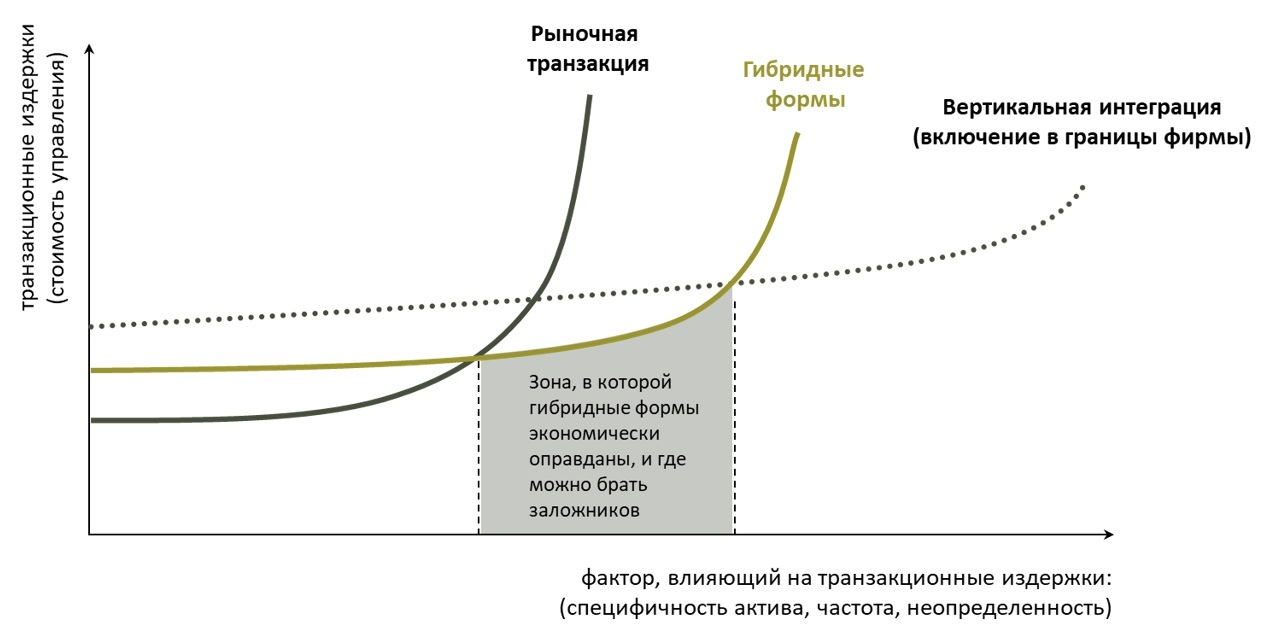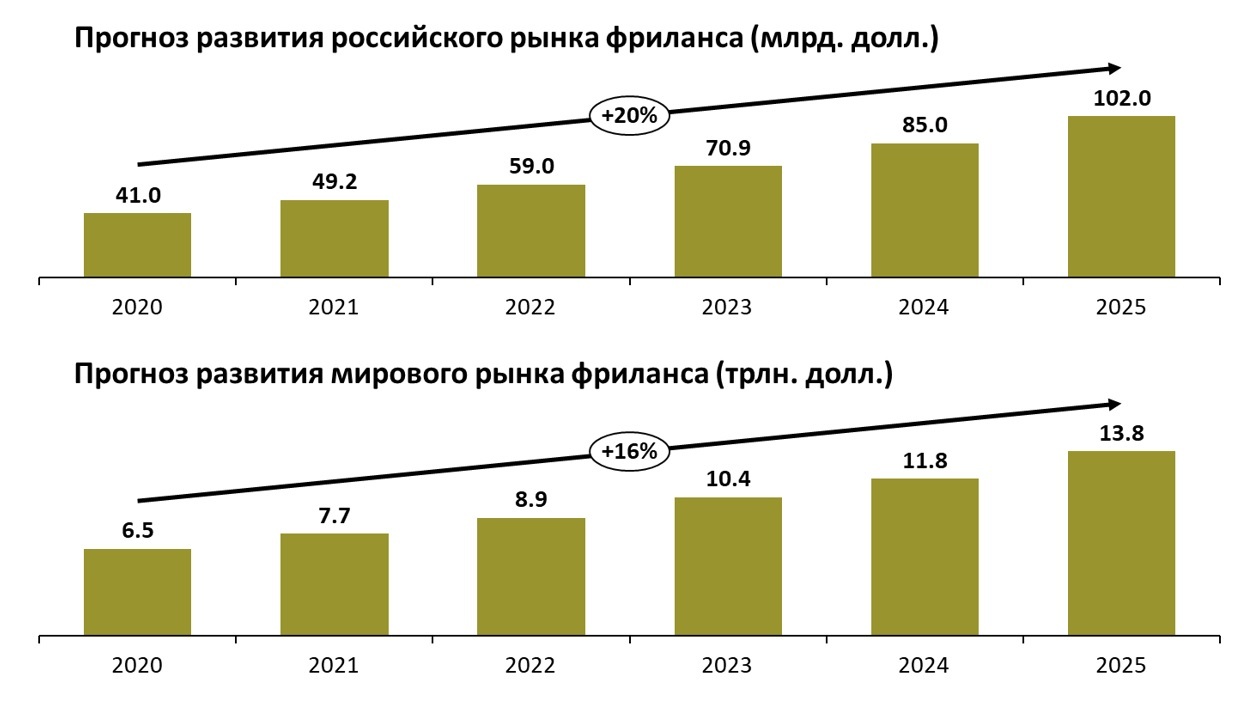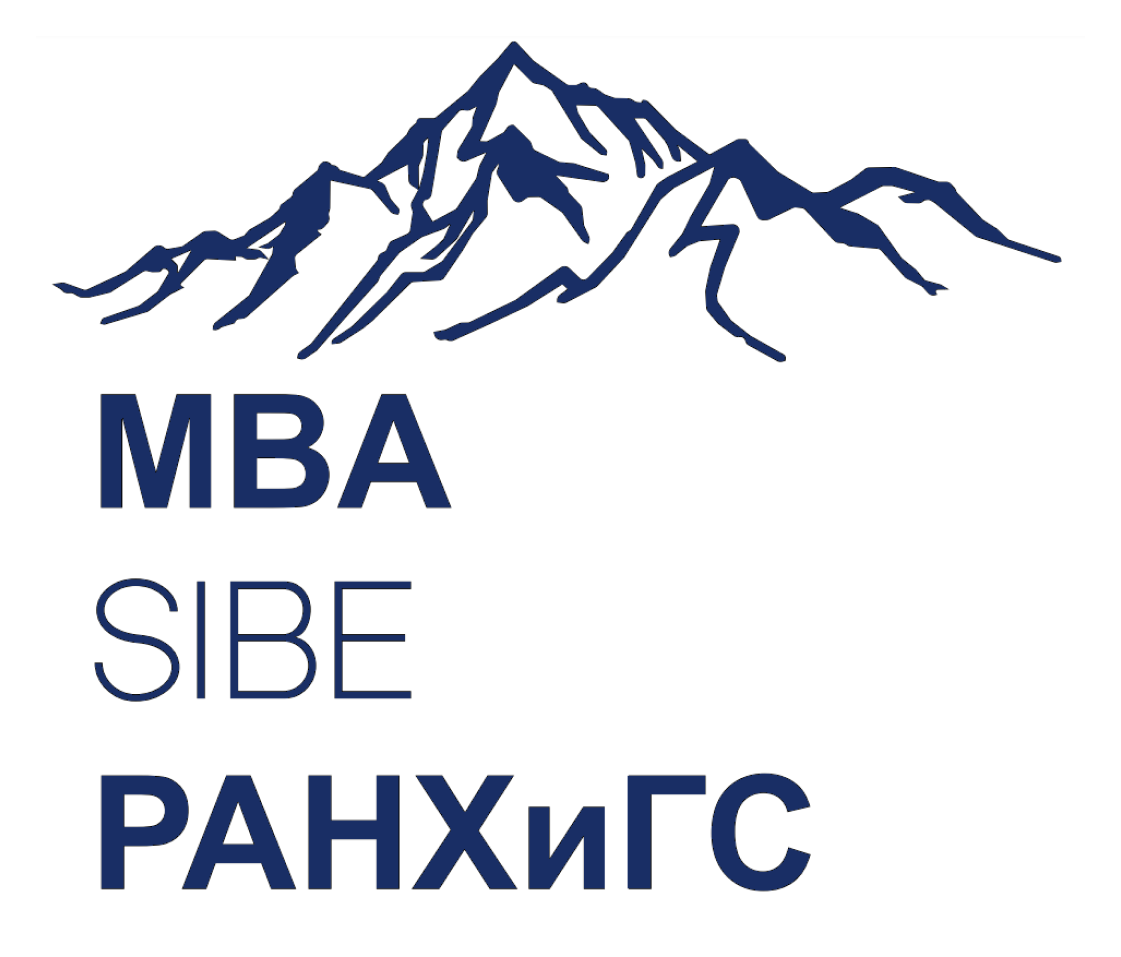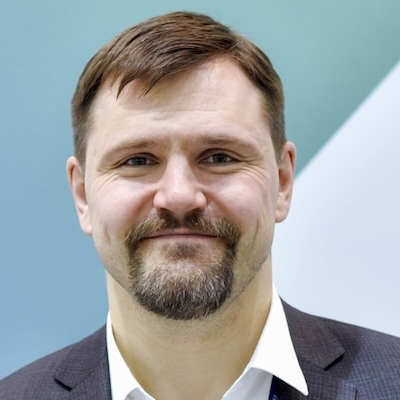Transaction costs decisively determine where the firm's boundary will be, that is, what it will do itself and what it will outsource. Managers and owners often neglect them, since such costs are not visible to the armed eye. So let's arm ourselves with a microscope and get a better look at them together.
What is it?
Transaction costs are not direct costs that form the cost of production. Let's say you have a bakery, you bake bread and deliver it to supermarkets. Flour, yeast and other ingredients, equipment, staff costs and delivery of goods are your direct costs. But in order to buy good quality flour on the market, you need to conduct supplier marketing, choose the best flour mill, negotiate with it on price, volume, quality, delivery dates, fix all this in the contract, prescribe the conditions of force majeure and sanctions for violation of the conditions, and so on. You also need to find a carrier company and conclude a contract with it for the delivery of goods, and with the obligation to deliver the goods on time – supermarkets will not wait. If, suddenly, suppliers of goods and services fail you, you will have to deal with the problems that have arisen, force suppliers to fulfill the terms of the contract. God forbid it will come to court. All this is indirect, invisible, but sometimes very significant costs associated with market transactions.
Is it possible to avoid them – it is possible if you include operations within the boundaries of the company. You might as well buy grain and add a flour mill to your production. You can, of course, add a field with combine harvesters and elevators if you are a large bread producer, such as, for example, Kolomenskiy BHK or LOAF Group. You can also buy delivery trucks and hire drivers in the state, and even open a chain of stores "fresh pastries". It will turn out such a vertically integrated business "from the field to the counter". But then transaction costs will replace the costs of intra-company bureaucracy. To expand production, it is necessary to find and hire personnel, find production facilities or organize their construction, plan production and capacity utilization, bear the costs associated with inaccuracy of planning, storage of surplus goods, downtime, marriage and inefficiency of personnel. And employees also need to be retained, developed, evaluated, promoted, motivated. At the same time, they need to be monitored, monitor their work, prevent harm to the company by intent or negligence, conduct audits and inspections. In addition, domestic production will require decision-making. In large companies, the price of making such a decision is extremely high. Managers can spend dozens of hours discussing in meeting rooms where to direct investments – in a flour mill, a transport shop, a retail chain or brand advertising. Is the situation familiar? All this will divert resources, time and managerial attention and will be measured in specific amounts in rubles or dollars. In my consulting and management practice, such costs, when they could be calculated, ranged from 10 to 20 percent of the direct cost.
Thus, under the influence of transaction costs, managers and entrepreneurs make a choice where to draw the boundaries of the company, that is, what to do yourself and what to buy on the market. As illustrated below, if the sum of direct and transaction costs is less than the direct costs and the cost of the internal bureaucracy, as a general rule, it is better to entrust such an operation to the market – that is, outsource it. If more – then, on the contrary, it is better to take such an operation inside the company.

Managing transaction costs to decide on the choice of firm boundaries
In fact, the role of transaction costs in the economy is extremely large. Over the past 25 years, about a thousand serious studies of such Nobel laureates in economics as Ronald Coase, Oliver Williamson, Kenneth Arrow, Douglas North, John Wallis and others have been devoted to it in the world. North and Wallis even calculated that the share of transaction costs in the American economy increased in the hundred years from 1870 to 1970 from 8% to 45% of gross domestic product. That is, a good half of all business costs (Russian is no exception here) account for an invisible part of the costs!
Why do they arise?
Transaction costs arise from limited rationality and opportunism.
The limited rationality of companies and managers is generated by incomplete information. We just physically can't know everything and compare all the facts. A good example is the attempt of newcomers to play the stock market. I have a lot of friends who thought they knew everything and got badly burned. We also have limited opportunities to convey our information to others. Recall at least the statements of one former owner of a Russian bank about the purchase of "g..no-Yandex" . Limited rationality does not make it possible to conclude a "perfect contract", since it is impossible to take into account all the circumstances and provide for all possible scenarios. And if so, then you can't blame managers and entrepreneurs that they primarily think about their own benefit and try to turn any situation in their favor, that is, to act opportunistically.
A striking example of the power of limited rationality and opportunism and their impact on firm boundaries is the breakup of the century-old alliance between Ford Motors and tire manufacturer Firestone Tire & Rubber Company. These two independent companies started working together from the moment Firestone tires were first installed on the famous "Model T". The cooperation was facilitated by the friendship of the founders of the companies — Henry Ford and Harvey Firestone, who often traveled around the United States in the company of Thomas Edison, for which the trio received the nickname "vagabonds". Later, their families even became related — Firestone's daughter Martha and Ford's grandson William married in 1947.
However, in the 1990s, a series of accidents of the Ford Explorer model with Wilderness AT Firestone tires led to hundreds of dead and maimed people in the United States and even more victims around the world, thereby ending this alliance. Not having accurate information about the causes of accidents and accusing each other of hiding information, the parties tried to turn the situation in their favor — Firestone insisted that the reason lies in the defect of the car, Ford blamed the tires for everything. The supplier and the automaker could not agree and in 2001 publicly broke off almost 100-year partnership.
How to manage them?
Here we will be helped by the work of Oliver Williamson, who suggested adding three variables to make a decision about whether to do it yourself or outsource it.
These are the frequency, uncertainty and specificity of assets. Frequency is how often a company consumes a resource. The more often this happens, the more the company depends on reliable supplies of this resource and the more difficult administration becomes.
The frequency of use has led to the creation of Russian grocery retailers own fleets. Every day X5 Retail Group delivers to its 16 thousand stores and sells goods worth almost 5 billion rubles. Their closest competitor, the Magnit Group, sells products worth about 4 billion in 21 thousand stores. These are hundreds of thousands of storage units that need to be transported from distribution centers to stores every day, which entails high costs. To control these costs, retailers are creating huge fleets of trucks. For example, Magnit owns about six thousand trucks. This is one of the largest corporate fleets in Europe. Its closest competitor, X5, has a little less than four thousand trucks. Quite large parks and other retailers — "Dixie" and "Lenta". This is necessary because the business uses this asset every day. For comparison, the situation in electronics retail is quite different. Here, the cost of delivery included in the final price of the goods is negligible. In addition, electronic products do not need to be delivered as often, and besides, they do not deteriorate like food. Therefore, the largest network of electronic goods in Russia "M.Video" does not have its own trucks and outsources this activity.
The higher the uncertainty, the more difficult it is to plan long-term contracts and the more expensive it is to monitor their execution. Consequently, high uncertainty increases transaction costs and makes the purchase of goods or services on the market less attractive. A striking example of the uncertainty factor is the economic crises, or, in the words of Nasim Taleb, "black swans", that is, extraordinary events, such as the COVID epidemic, which no one expected, or a special operation and subsequent sanctions against Russia and its largest companies.
For example, if a company produces cars like BMW or Avtovaz, then it strongly depends on the cost of aluminum. The volatility of metal prices led to the fact that GAZ Group joined the Basic Element holding, which until recently also controlled the aluminum producer RUSAL. Fluctuations in oil prices, in turn, led to the integration of more than 80% of the capacity of oil refineries (refineries), up to half of filling stations (gas stations) and significant volumes of air refueling complexes at airports into the borders of vertically integrated oil and gas companies (WINCS). It has become extremely difficult for independent gas stations and refineries to adapt to oil price spikes from $ 20 to $ 120, which has happened more than once in recent decades.
The specificity of an asset determines how critical it is for your business. For the production of aluminum, for example, two components are extremely important: raw materials, that is, alumina, and electricity, whose share in the cost of metal reaches 30%. The deposit, therefore, becomes an extremely important asset for the plant, since the rupture of the bundle and switching to another supplier of bauxite can have disastrous consequences for the producer's economy. In many ways, this is why UC Rusal produces 73% of raw materials at its controlled fields. At the same time, the company produces a third of the alumina used for the production of about 3.7 million tons of aluminum per year in Russia. For the same reason, UC Rusal has included several large hydroelectric power plants with a total capacity of more than 15 gigawatts in the boundaries of its holding, which are located next to its plants. Another example of the specificity of assets is cell towers and towers of cellular operators. Until 2021, 83% of 85 thousand tower structures belonged to the companies of the so-called big Four telecom operators: MTS, Beeline, Megafon and Tele2. And only in 2021, after more than 30 years since the beginning of the development of cellular communications in Russia, Beeline sold part of its towers to Service Telecom.
If the combined influence of factors (frequency, uncertainty and specificity) make a decision about buying a product or service on the market. If the uncertainty or specificity of the asset is extremely high, then it is more reasonable to "integrate" this transaction inside the boundaries of your company.
What else?
However, the choice between "doing something yourself" or "outsourcing" is not an imperative. There are many intermediate or hybrid forms for firm boundaries. They arise when a transaction is of a specific nature, has significant features, is often repeated, but is not so simple as to make it on the market, and is not so specific and complex as to vertically integrate it into the boundaries of the firm, as shown in the illustration below.

The zone of emergence of hybrid forms of firm boundaries, where "taking hostages" is very appropriate
For example, a supplier can offer a customer specific investments in his business, for example, to build a specialized assembly line for his needs. The goods produced on it will not have the same value for other customers. If the customer agrees, then in response, the supplier may ask to conclude a long-term contract with him, obliging the customer to purchase a certain volume of products. But such a contract will end sooner or later, and during the negotiations on its extension, each of the parties, due to opportunism, will seek to turn the matter in their favor and get all the benefits from the investment. The parties will be, as it were, "locked" in relations with each other. In this case, legally binding provisions of the contract or special investments will become a kind of "hostages", which firms will take as guarantees.
Examples of such "hostages" are the "buy or pay" contracts of Gazprom and Transneft. Infrastructure companies incur large costs for the construction of pipelines, and they need guarantees ("hostages") to recoup these investments.
Realizing the problems that the "closeness" of relations entails, and striving to get out of the position of "hostages", many manufacturers begin to offer their goods as a service. Digitalization of business allowed us to divide technological processes and take such a step.
For example, General Electric and Rolls Royce offer aircraft engines based on the "pay per flight hour" model. The data that the Internet of Things technology allows you to collect about the state of the aircraft engine, the means of analyzing them using machine learning, as well as the economies of scale allow manufacturers' engineers to service engines and troubleshoot more efficiently than airline services.
Xerox and Konica Minolta no longer sell their copiers to offices. Their main business model is "pay for a copy". At the same time, the monitoring of the condition of multifunctional devices, the installation of cartridges and maintenance are carried out by the manufacturer himself.
Even company personnel are increasingly choosing a service model. The freelance market is gaining serious momentum in the world and in Russia, when the employer pays for the result, and not for the employee's working hours. In Russia in 2020, according to a PwC study, the freelance market amounted to $ 41 billion, and the number of freelancers exceeded 14 million people. Considering that the working-age population of Russia is about 80 million people, it is difficult not to take into account the preferences of almost 20% of employees. In addition, the freelance market in Russia is expected to grow by 20% per year, that is, at a rate exceeding the global average.

Forecast of the freelance market development in Russia and in the world
I would like to repeat once again that transaction costs play a very important role in business in Russia and around the world. It is important for managers and entrepreneurs to deeply understand, calculate and manage them in order to design and build such firm boundaries that will allow them to win the competition in today's difficult conditions.
Dmitry Stapran
Researcher-practitioner.
Graduate of Harvard Business School,
Doctor of Economics,
Professor at Kingston Business School,
as well as business schools of MSU and MGIMO





